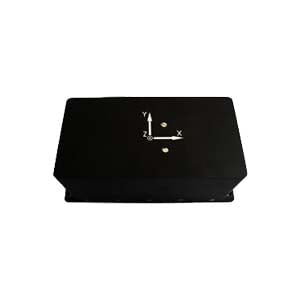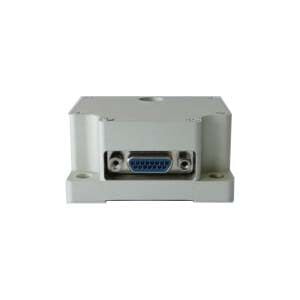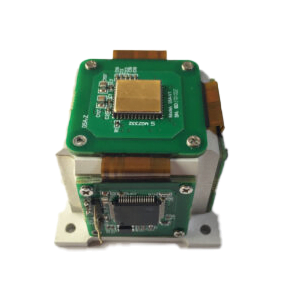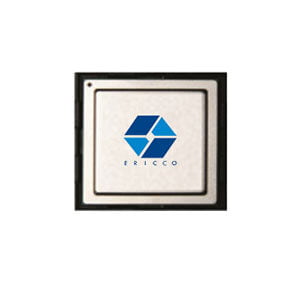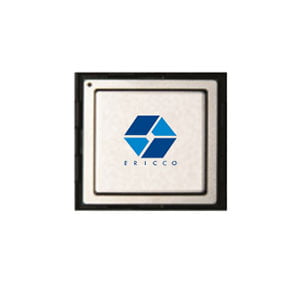High Performance Floating-point DSPC
ER-DSPC-20A processor is the second generation independent high performance floating-point digital signal processor. On the basis of "ER-DSPC-10", the processor core, command system and peripheral interface are fully upgraded, and the computing power reaches 100 billion floating point operations per second, which is 6 times over the performance of first generation"ER-DSPC-10". It is the DSP with the highest single-core computing performance on the market, and be able to widely used on radar,electronic countermeasures, communications, image processing and other fields.
Technical Characteristics
Dual-core architecture, rich interface;
Directly connected to AD/DA to form a minimum system;
Autonomous embedded operating system.
Typical Technical Indicators
DSP Frequency: 500MHz
Computing Performance: 84GFLOPS
On-chip Storage: 105Mbit
Communication Bandwidth: 224Gbps
Typical Power Consumption: 10W
| Compared With Similar Products FFT Performance | |||
| Input Points | C66x
Operation Cycle |
Single Core Operation Cycle | Cycle Number
Ratio |
| 1k | 6472 | 980 | 6.6 |
| 2k | 17500 | 2510 | 6.9 |
| 4k | 43125 | 6275 | 6.8 |
| 64k | 696588 | 103968 | 6.7 |
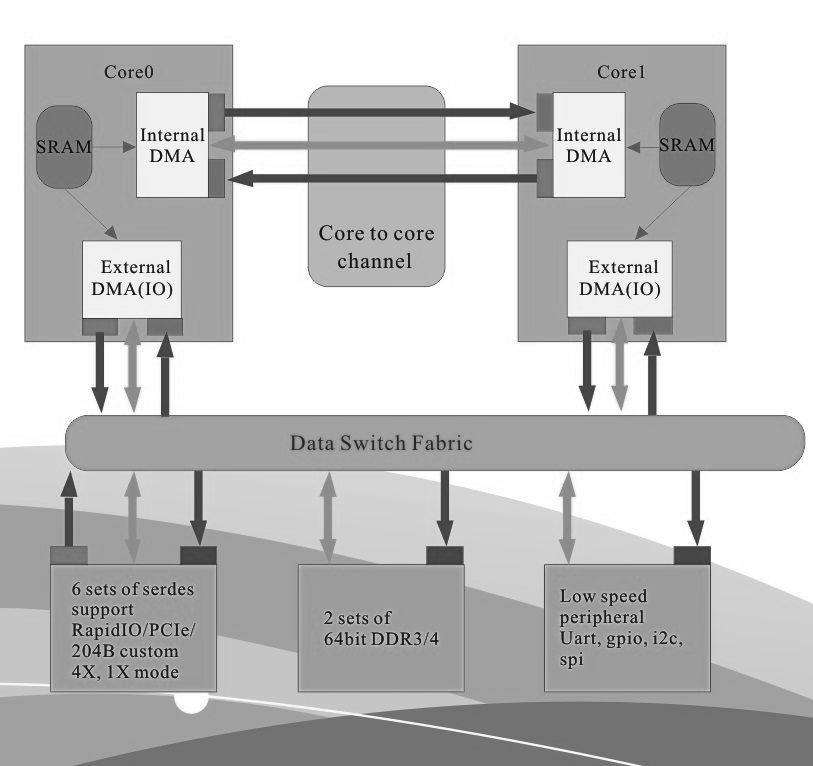
Interface List
| IO Type | Performance Parameter | |
| DDR | Particle Type | DDR3/4 |
| External Data Width | 64bit | |
| Number of Controllers | 2 | |
| Maximum Total Bandwidth | 128 Gbps@500MHz | |
| PCIE | Support Protocol Version | GEN1/2/3 |
| Number of LANE | 4 | |
| Maximum Bandwidth | 64 Gbps | |
| RapidIO | Support Protocol Version | 2.1 |
| Number of LANE | 4 | |
| Number of Controllers | 2 | |
| Maximum Total Bandwidth | 80 Gbps | |
| HX-Link
(Custom protocol) |
Support Protocol Version | 1.0 |
| Number of LANE | 4 | |
| Number of Controllers | 2 | |
| Maximum Total Bandwidth | 80 Gbps | |
| JESD204B
(The controller which reuse HX-Link) |
Support Protocol Version | JESD 204B |
| Number of LANE | 4 | |
| Number of Controllers | 1(AD/DA) | |
| Maximum Total Bandwidth | 32 Gbps | |
| Ethernet | / | 10/100/1000MHz Ethernet, RGMII |
| Parallel Port (EMIF) | / | 4bit chip select, 26bit address, 32bit data |
| GPIO | / | 64bit |
| UART/I2C/SPI | Support | |
Application Techniques
1.What is the Device Interface Definition of MEMS North Seeker
2.What Performance is the FOG sensor in FOG North Finder
3.Where are MEMS Gyroscopes Used?
4.Research Background and Current Status of MEMS IMU
5.How do parameters affect the performance of the quartz accelerometer?
6.Background and Development Status of MEMS Inertial Sensors
More Products
